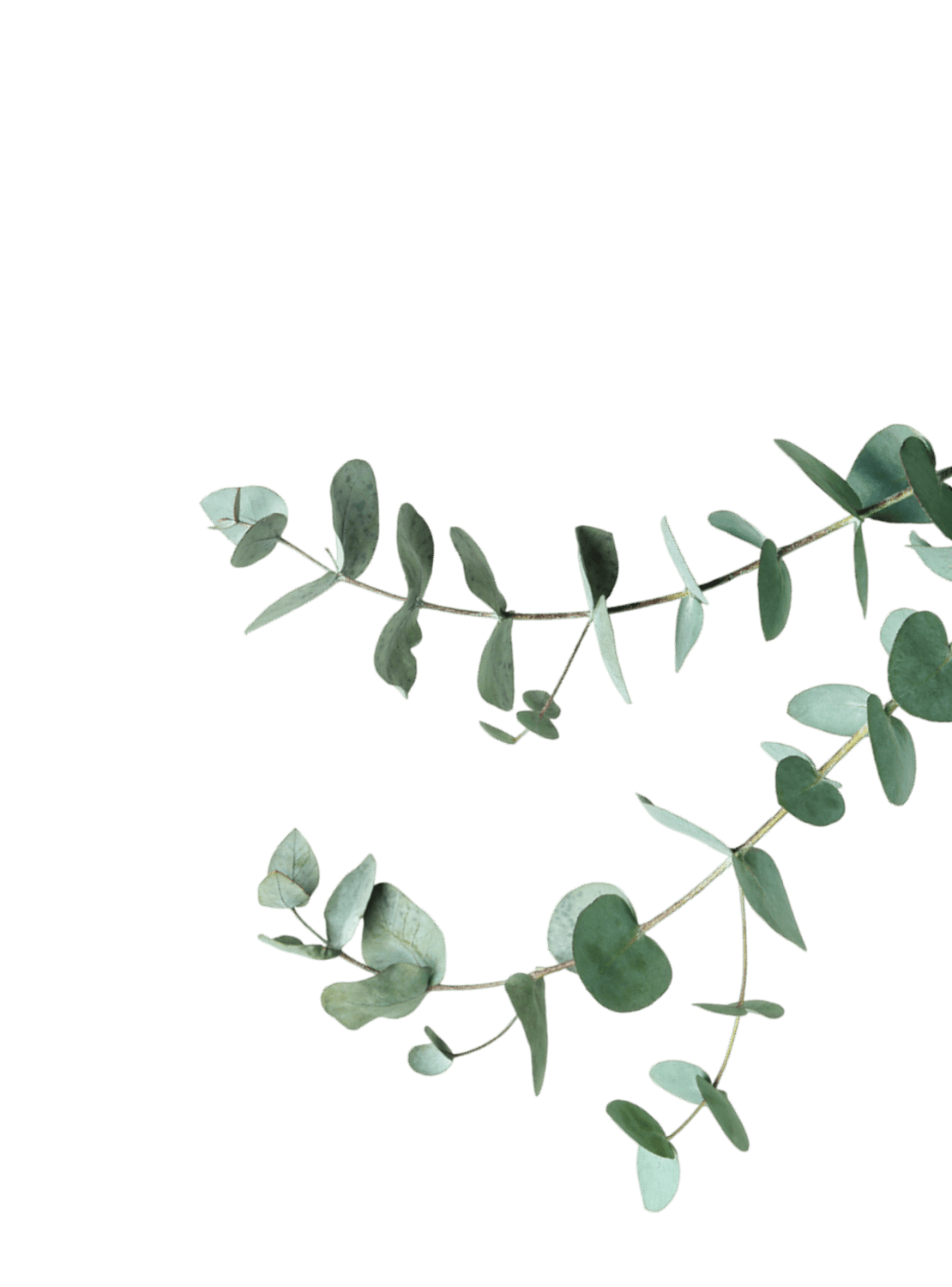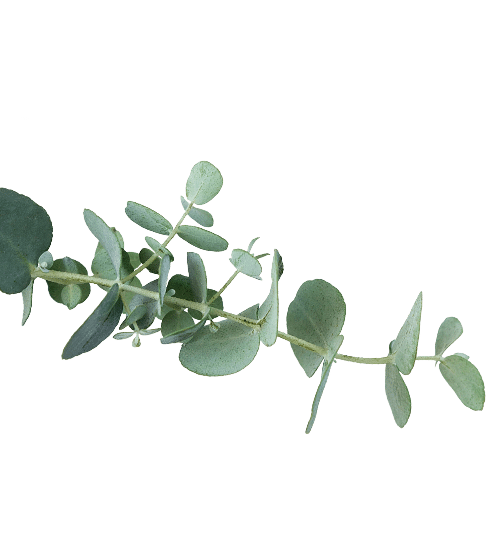A lush, green lawn is more than just a visual delight; it offers a serene and inviting space that enhances the overall appeal of your home. The sight of well-maintained grass can create a calming atmosphere, providing a peaceful retreat right in your backyard. However, the presence of weeds can disrupt this tranquility, as these intrusive plants not only detract from the lawn’s aesthetic but also compete with grass for essential nutrients and resources.
Effective weed control is crucial for maintaining the health and beauty of your lawn. Weeds can quickly spread and overtake your grass, leading to uneven growth and an unsightly appearance. By implementing a comprehensive lawn care strategy that focuses on preventing and eliminating weeds, you can ensure that your lawn remains vibrant and resilient. This proactive approach not only protects the visual harmony of your landscape but also supports the long-term vitality of your grass, allowing you to fully enjoy your outdoor space.





